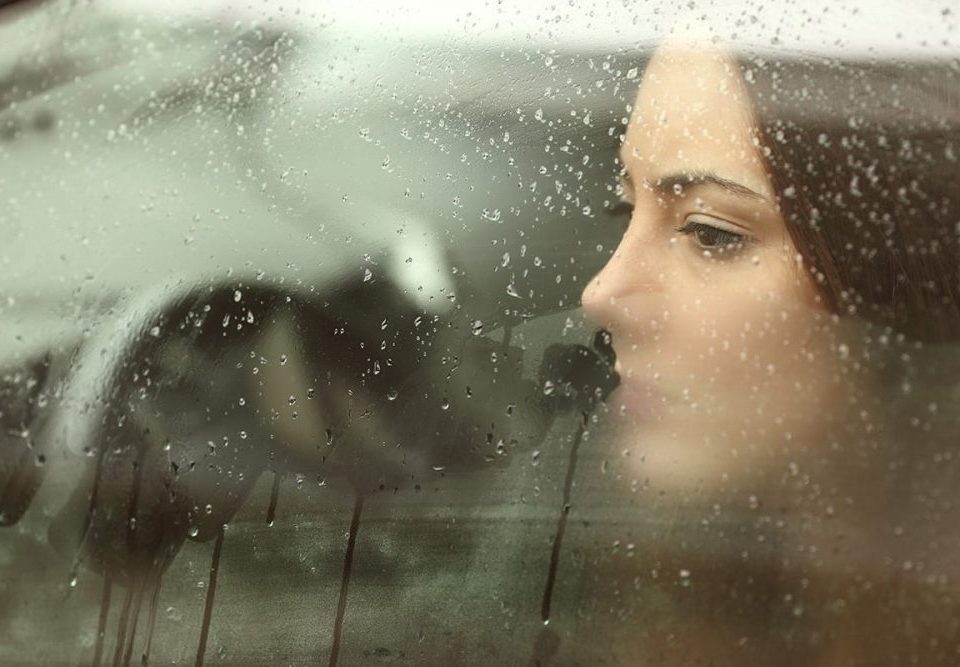A common veterinary medication used to make the handling and treatment of animals easier is xylazine. Despite its intended use for animals, there has been an increase in xylazine human usage in the United States as an adulterant(additive) in drugs of abuse like heroin. But what are the side effects of xylazine in humans? Can this drug be potentially fatal? Our Chicago Addiction Treatment Center is here to shed some light on this dark topic.
What Is Xylazine?
Xylazine is a drug used in veterinary medicine as a sedative with analgesic and muscle relaxant properties. This non-narcotic agent was first synthesized in 1962 by the Bayer Company. Today, it is used on many different animals in veterinary medication, such as cattle, sheep, horses, dogs, cats, deer, rats, and more, to calm them and facilitate handling, perform diagnostic and surgical procedures, alleviate pain, or act as a local anesthetic.
Use of the drug xylazine is approved by the U.S. Food and Drug Administration (FDA) for veterinary use only. While xylazine human use has been studied for its potential use as an analgesic, hypnotic, and anesthetic, the clinical trials for use on people were terminated due to the drug’s severe impact on blood pressure and the central nervous system.
Xylazine works by acting as an agonist at alpha-2 adrenergic receptors, meaning it decreases the release of norepinephrine and dopamine in the central nervous system. As a result, side effects like sedation and relaxation may occur. Research indicates that xylazine may also impact serotonin, dopamine, and opioid receptors, which is likely why it has become a more common drug among heroin, fentanyl, and cocaine abusers.
Why Do People Take Xylazine?
If xylazine is a veterinary drug, why do people use it? As we mentioned, xylazine may cause a high in people who use it for recreational purposes. Like heroin or other depressants, this drug may increase the levels of dopamine in the brain and block pain signaling. That leads users from all over the country, including Boston, to begin relying on the drug for relief.
Xylazine human usage is also common because the drug is used as an adulterant with illicit substances. An adulterant refers to another drug that is used to “cut” or is added to other drugs like heroin, cocaine, ecstasy, and counterfeit prescription drugs. Otherwise known as cutting agents, adulterants may be used by drug dealers to make a drug more addictive and make the product weigh more, allowing them to gain more profit.
In addition to being used as a cutting agent, xylazine may also be used to induce sleep. Considering that xylazine is not approved for human use, using this drug for any person other than veterinary medicine can be dangerous and even life-threatening. Someone who is at risk is highly encouraged to contact us and seek out treatment services like those offered by our Illinois rehabs.
Xylazine Side Effects in Humans
Xylazine carries inherent risks when used by humans outside of controlled medical settings. The misuse of this sedative has been associated with various adverse effects, prompting the need for heightened awareness and caution.
Common side effects of xylazine in humans include:
- Blurred vision
- Disorientation
- Sedation
- Drowsiness
- Slurred speech
- Impaired judgment
- Hypotension
- Coma
- Bradycardia
- Respiratory depression
- Pinpoint pupils
- Hyperglycemia (high blood sugar)
How Much Xylazine Is Lethal to Humans?
In cases of fatal xylazine human overdose, doses were as high as 16,000 mL. In non-fatal cases of xylazine drug use in humans, reported doses ranged from 30 to 4,600 mL. As with other drug overdoses, xylazine overdoses require immediate medical attention. It is vital for public health initiatives to increase awareness about the potential risks associated with xylazine misuse, even beyond the urgent need for medical intervention. Preventing and minimizing the potential harm caused by this veterinary sedative requires that people, especially those who are at risk, are aware of the serious health consequences of xylazine overdose. By highlighting how important it is to get professional medical attention right away if someone overdoses on xylazine, we can help save lives and protect public health.
How Long Does Xylazine Stay in a Human Body?
Several factors, such as an individual's metabolism, dosage, and general health, can affect how long xylazine stays in the human body. The effects of xylazine usually subside after a short while due to its short half-life. The medication is administered, processed in the liver, and eliminated by the kidneys. The sedative effects of xylazine in a clinical setting usually become apparent 10 to 15 minutes after administration and can last anywhere from 30 minutes to several hours, depending on the dosage and particular conditions.
Although xylazine's acute effects wear off quickly, the drug's metabolites can stay in the body for a longer amount of time. For a brief period following usage, detection techniques like blood or urine tests might be able to identify xylazine or its metabolites. It's important to remember, though, that individual differences and elements like liver function and fluid balance can affect how quickly the medication is eliminated from the body. Like with any drug, speaking with a medical expert is the best way to find out how long xylazine stays in a given person's body because they can take into account their unique situation and pertinent health factors.
Help for Drug Abuse and Addiction
Although there is no specific xylazine addiction treatment available, our Chicago rehabs offer various levels of addiction care as well as substance-specific programs that could help someone with a xylazine abuse problem. What’s more, because this substance is often used as an additive in other drugs like heroin and cocaine, our facility’s heroin, cocaine, and opioid addiction treatment programs can aid in regaining sobriety and overall health.









